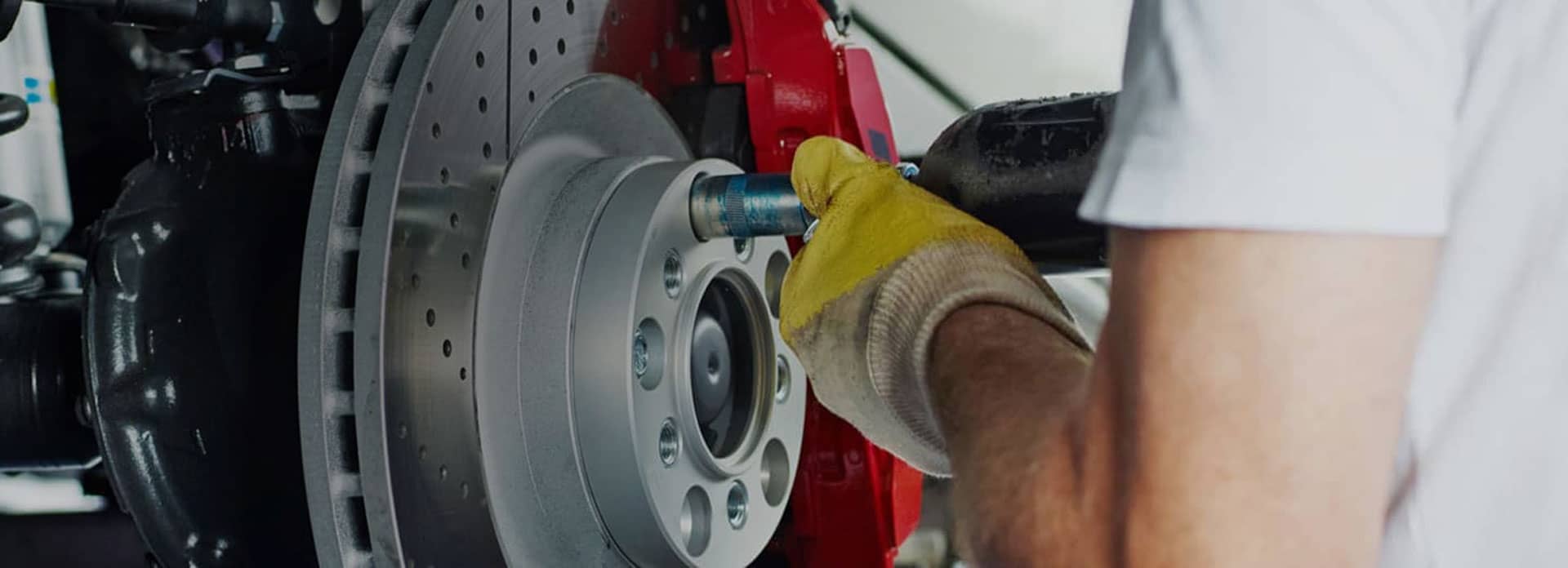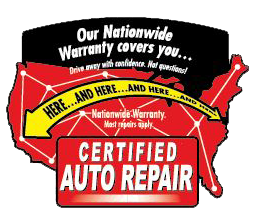
AUTONET TV
What's in a Number? (What Tire Numbers Mean)Posted July 14, 2024 6:38 AMYou've probably never paid much attention to the writing on the sides of your tires, but they contain a wealth of information. There's a long combination of letters and numbers that can tell you a whole lot about what tires your vehicle was designed to be riding on. Let's check out this example found on an SUV: P245/70R17 108T. The first letter, P, means it's intended for passenger vehicles. If there's no letter, it means it's a metric tire. If there's an LT at the beginning or end that means a tire designed for light trucks. Moving on to our example, the 245 shows how wide the tire is in millimeters from sidewall to sidewall. The number that follows in our example, 70, means the height of the tire is 70% of its width. The letter after that in our example, R, describes the type of tire (on this vehicle, radial). Following that is the diameter in inches, in our SUV example, 17 inches. How much load the tires' sidewalls are designed to take is what that next number is all about (108 in our example). The higher the load index, the more weight the sidewalls can take. And the last letter is the speed rating of the tire, in our example, T. The further along in the alphabet that letter is, the higher its speed rating. So now you know what those letters and numbers mean. But why are they important? When you are getting ready to replace those tires, those numbers are telling you what the original equipment was when your vehicle was new. Sticking with the same rated tires is always a good idea. If you don't know what you're doing, trying different sized tires and wheels can cause real issues when it comes to performance and safety, considering all the computerized systems now found on vehicles. When in doubt, consult your service advisor when it comes to buying new tires. He or she knows what those tire numbers and letters mean… and a whole lot more. East Coast Automotive Services | ||
SearchArchiveSeptember 2020 (17)October 2020 (4) November 2020 (5) December 2020 (4) January 2021 (6) February 2021 (4) March 2021 (4) April 2021 (4) May 2021 (5) June 2021 (4) July 2021 (4) August 2021 (5) September 2021 (4) October 2021 (5) November 2021 (4) December 2021 (4) January 2022 (6) February 2022 (4) March 2022 (4) April 2022 (4) May 2022 (5) June 2022 (4) July 2022 (5) August 2022 (4) September 2022 (4) October 2022 (5) November 2022 (4) December 2022 (4) January 2023 (5) February 2023 (4) March 2023 (4) April 2023 (5) May 2023 (4) June 2023 (4) July 2023 (5) August 2023 (4) September 2023 (4) October 2023 (5) November 2023 (4) December 2023 (5) January 2024 (5) February 2024 (4) March 2024 (5) April 2024 (4) May 2024 (4) June 2024 (5) July 2024 (4) August 2024 (4) September 2024 (5) October 2024 (4) November 2024 (4) December 2024 (5) | CategoriesShocks & Struts (2)Oil Change (4)Steering (3)What Customers Should Know (34)Maintenance (4)Fuel Saving Tip: Slow Down (2)Fuel Economy (5)Winter Prep (2)Cooling System (4)Timing Belt (1)Brakes (9)Transmission (1)Inspection (2)Tire Rotation and Balancing (1)Exhaust (6)Tires (4)Auto Safety (4)Alternator (5)Tires and Wheels (2)TPMS (3)Older Vehicles (1)Battery (3)Automotive News (1)Fuel System (1)Safety (1)Fluids (2)Keys to a long lasting vehicle (2)Water Pump (1)Wheel Bearings (1)Air Conditioning (3)Fuel Pump (1)Drive Train (1)Shocks and Struts (2)Service Intervals (1)Alignment (1)Customer Detective Work (1) | |

OUR REVIEWS


Michael Emanuel, 12/08/2024The ONLY place to get our cars serviced. The team at East Coast are honest and efficient, and are always upfront with the charges and the time it takes to make repairs. We'll never go back to the car dealer, we only get our cars serviced at East Coast.





